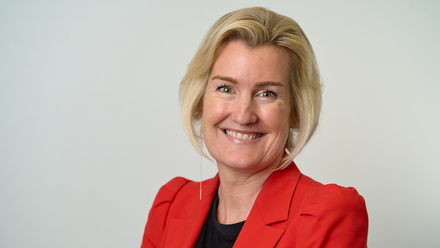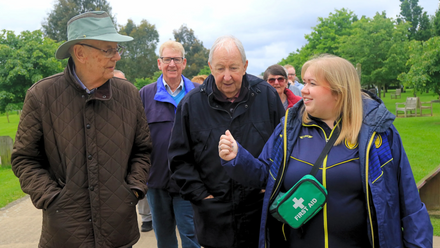Over half of people in the Midlands to cut back on spending in 2024 – report

Over 50 per cent of consumers are heading into 2024 planning to cut back on non-essential spending, according to new research from KPMG UK.
Assessing confidence for 2024, KPMG’s latest Consumer Pulse survey of 3000 UK consumers shows those feeling worse about their financial security outnumber those feeling more secure by almost two to one.
The findings also showed that two-thirds of consumers say they will have to cut their non-essential spending in 2024, with eating out (78 per cent), takeaways (70 per cent) and clothing (57 per cent) the top three of a wide range of cost cutting targets.
This is the same top three as when KPMG polled consumers on their 2023 spending intention 12 months ago.
A total of 62 per cent of people in the East Midlands and 58 per cent in the West Midlands will be cutting back, with eating out and clothing being the main ways people plan to do so.
They are also planning to shop more own brands and discounted items and utilising more loyalty schemes more often.
Those surveyed say price is the number one consideration when it comes to cutting back, followed by quality and convenience.
Linda Ellett (pictured), UK head of consumer, retail and leisure for KPMG, said: “As was the case in 2023, large numbers of consumers tell us that they are going to combine stopping, reducing, and switching the things they buy to save money in 2024.
“As more households are exposed to higher mortgage rates or rent, the number of people needing to cut non-essential costs increases. Our survey also indicates that those consumers who have already adapted their shopping behaviour to lower their costs during 2023 are going to continue these steps during the next twelve months.
“Around half of consumers we survey say they will buy more value, own brand, promotional, or discount produce. Forty percent of consumers also intend to use retailer loyalty schemes more in 2024
“Price is way out ahead as the main purchasing driver and retailers are going to be expected to continue to incentivise to compete. With margins under prolonged pressure and interest rates remaining elevated, this consumer and economic landscape will continue to challenge the structure of some businesses.”
On average, the 3000 consumers had accessible savings levels equivalent to five months of their monthly income. But a fifth of consumers had savings at a level less than one month’s wage available to them. One in 10 said they have no savings at all – rising to nearly a third among lower income groups.



